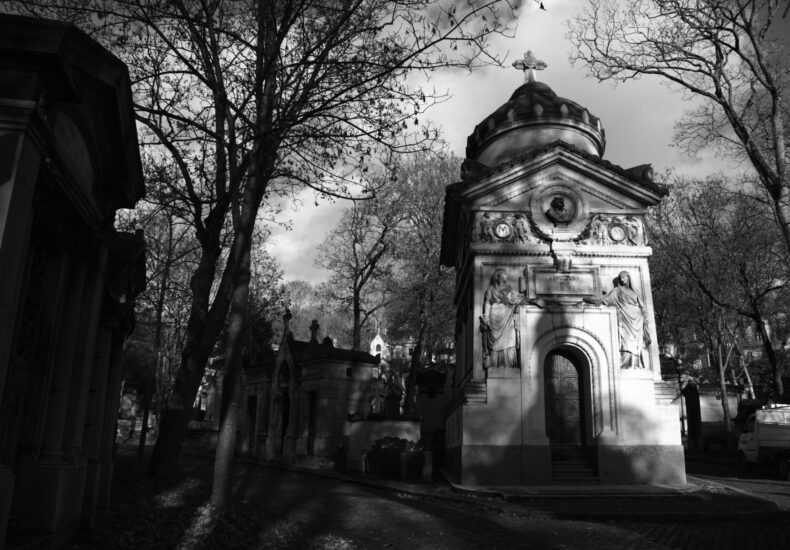
Decoding Cemetery Symbolism: The Hidden Language of Gravestones
Cemeteries are more than mere resting places; they are open-air museums of history, culture, and personal narratives. Every carved angel, etched hourglass, and weathered epitaph tells a silent yet profound story. But how often do we stop to interpret these cryptic messages? The language of gravestones is a tapestry of symbols, each carrying a weight of meaning shaped by religion, art, and personal beliefs.
In this article, I will decode the hidden language of cemetery symbolism, unveiling the meanings behind common gravestone motifs, their historical evolution, and their significance in different cultures.
Contents
The Art of Gravestone Symbolism: Why It Matters
Walk through any historic cemetery, and you’ll notice the sheer variety of symbols adorning the stones. Some are straightforward, like crosses or wreaths, whilst others, such as broken columns or clasped hands, require deeper interpretation.
But why all the symbolism? In an era when literacy was less widespread, images were a universal language. Symbols conveyed messages about the deceased—faith, profession, virtues, and even the manner of death.
Over time, as funerary art evolved, these symbols became deeply intertwined with cultural, religious, and artistic traditions.
Religious Symbols: A Reflection of Faith
1. The Cross: A Universal Christian Emblem
The cross is one of the most common symbols on gravestones, but did you know different styles have distinct meanings?
- Latin Cross: Represents sacrifice and redemption.
- Celtic Cross: A blend of Christian and pagan influences, often symbolising eternal life.
- Greek Cross: Four equal arms, signifying balance and harmony.
- Cross with Crown: Symbol of victory over death and resurrection.
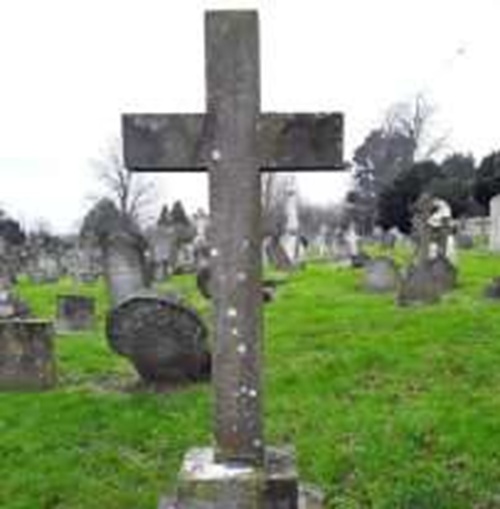
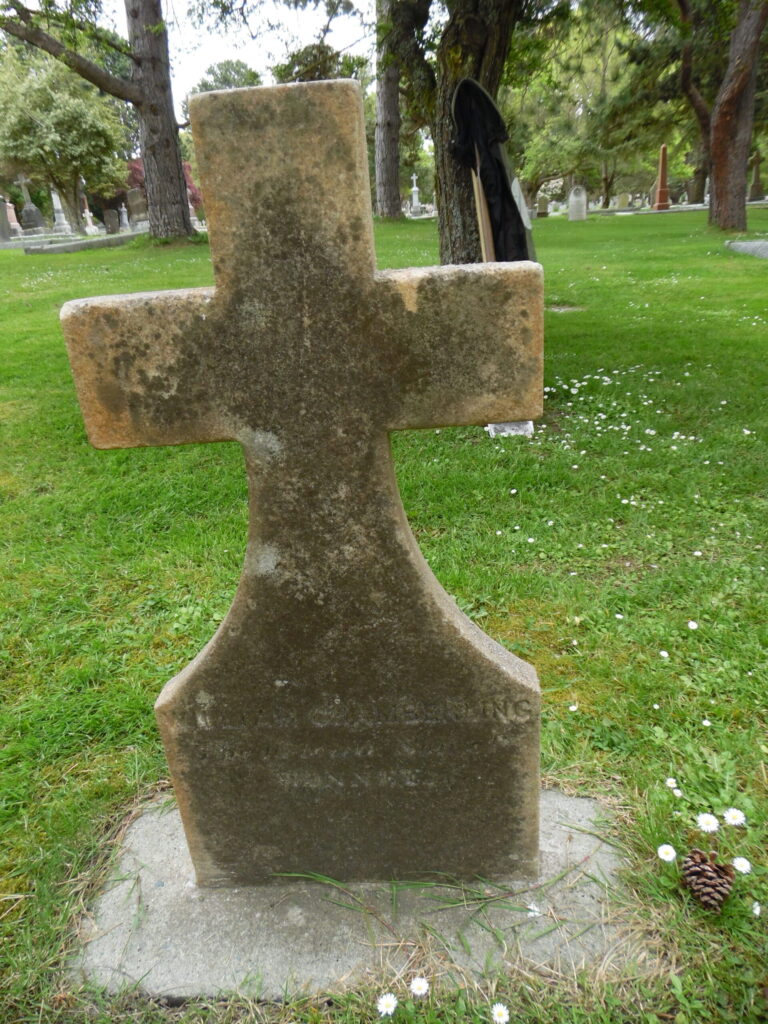


2. Angels: Messengers of the Afterlife
Angels are often depicted on graves as guides for the departed soul into heaven. Their gestures matter:
- Pointing Up: A reminder of ascension to heaven.
- Weeping Angel: Grief and sorrow, often found on the graves of young individuals.
- Trumpeting Angel: A symbol of the Resurrection, associated with the Last Judgement.
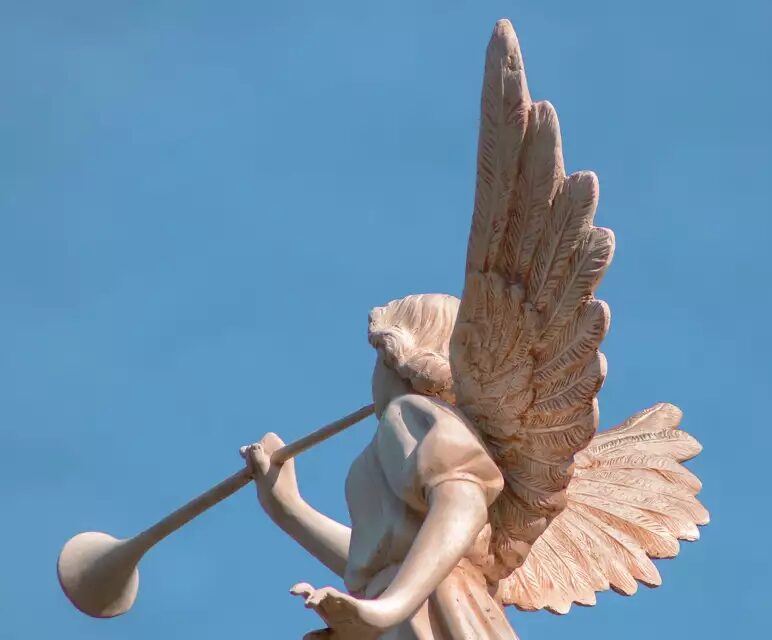
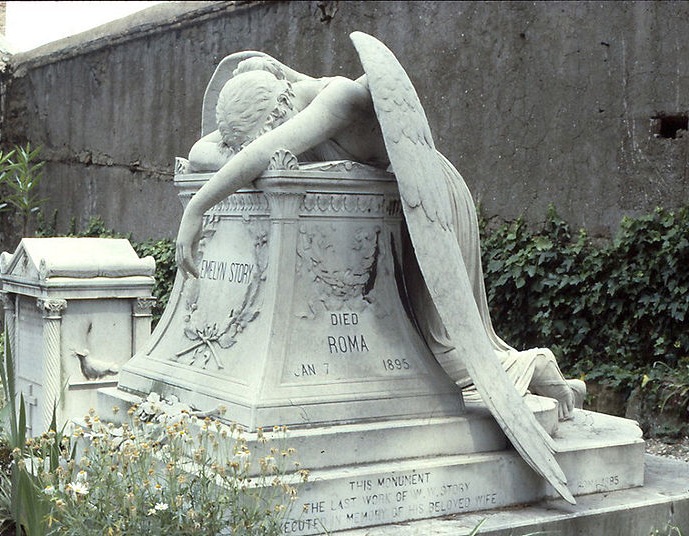
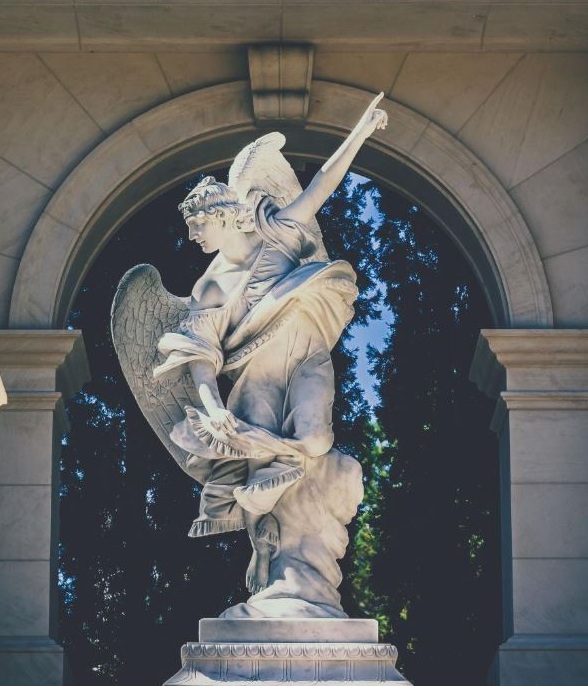
3. The Lamb: Innocence and Purity
A lamb is commonly found on children’s gravestones, symbolising purity, gentleness, and Christ as the “Lamb of God.”

4. The Star of David & Crescent Moon
Whilst Christian imagery dominates many cemeteries, Jewish and Islamic burials have their own distinct symbols:
- The Star of David: Found on Jewish graves, representing the connection between God and humanity.
- The Crescent Moon: A symbol of faith in Islamic graveyards, often associated with the afterlife.

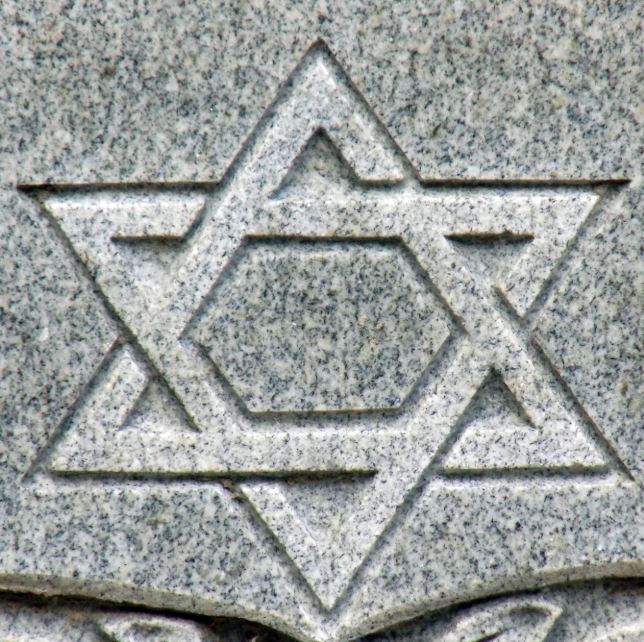
Mortality Symbols: Memento Mori and the Reminder of Death
Gravestone iconography often reminds us of life’s transience and inevitability. Many of these motifs were prominent during the 17th and 18th centuries, especially in Puritan cemeteries.
1. The Skull and Crossbones: A Grim Warning
Whilst often associated with piracy, the skull and crossbones were originally a stark “memento mori” (Latin for “remember you will die”). They served as a reminder of life’s fleeting nature.
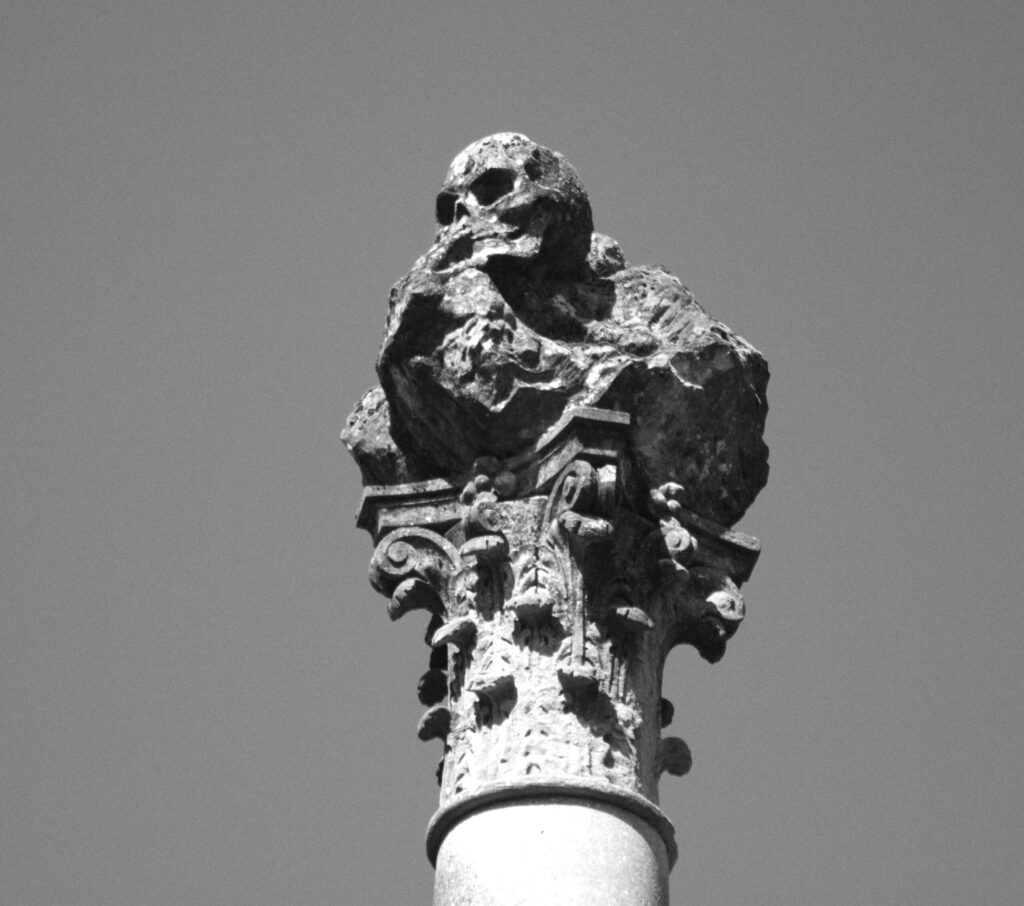
2. The Hourglass: Time’s Unstoppable March
Hourglasses, sometimes depicted with wings, emphasise the passage of time and the certainty of death. They remind the living to make the most of their days.
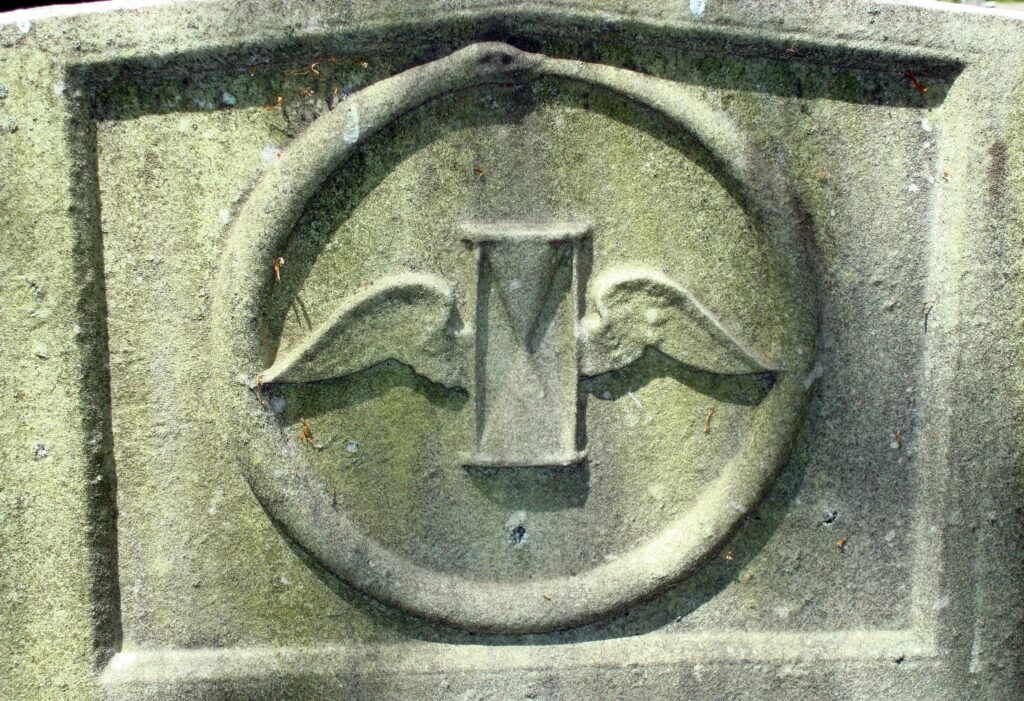
3. The Broken Column: A Life Cut Short
A column represents strength and stability, but when broken, it symbolises a life that ended too soon—often seen on the gravestones of young individuals or those who died suddenly.
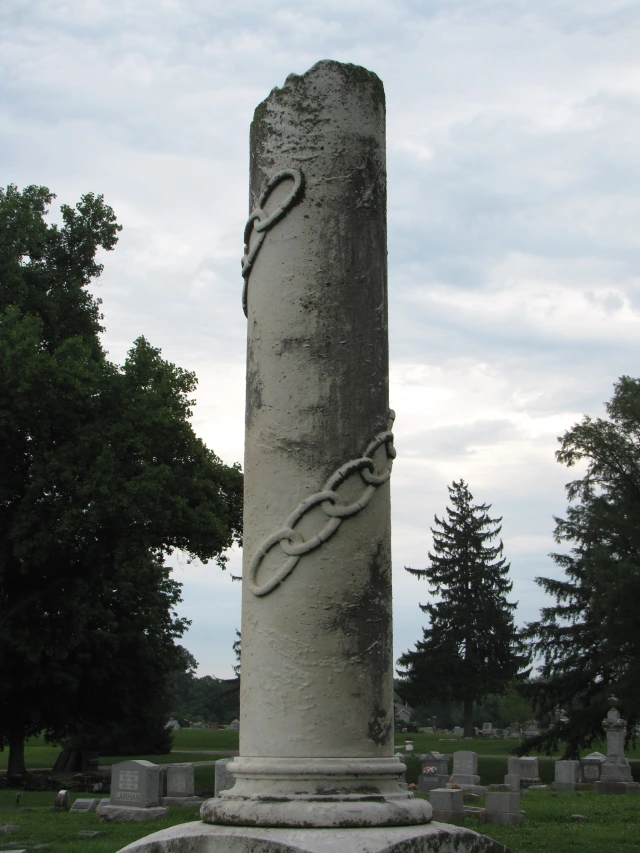
4. The Grim Reaper: Harvester of Souls
Though rare on modern graves, historical cemeteries sometimes depict the Grim Reaper carrying a scythe, symbolising the harvesting of souls.
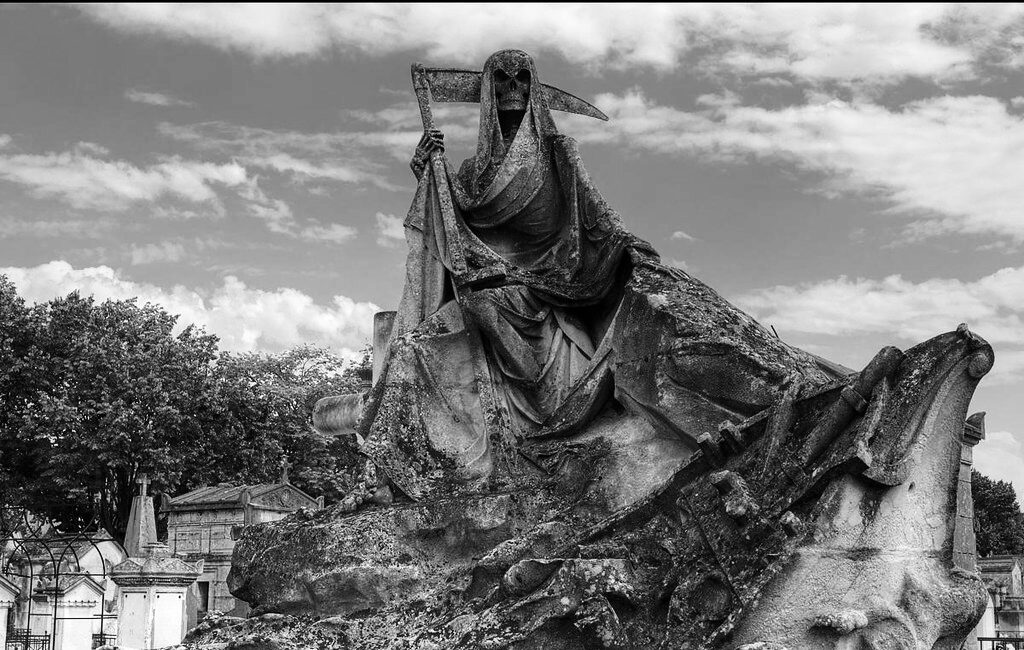
Love, Family, and Eternal Bonds in Gravestone Art
Not all cemetery symbols are ominous. Many gravestones focus on love, family, and connection beyond death.
1. Clasped Hands: A Final Goodbye
This symbol often depicts two hands shaking—one slightly more delicate than the other. It represents farewell, unity in death, or the promise of reunion in the afterlife.
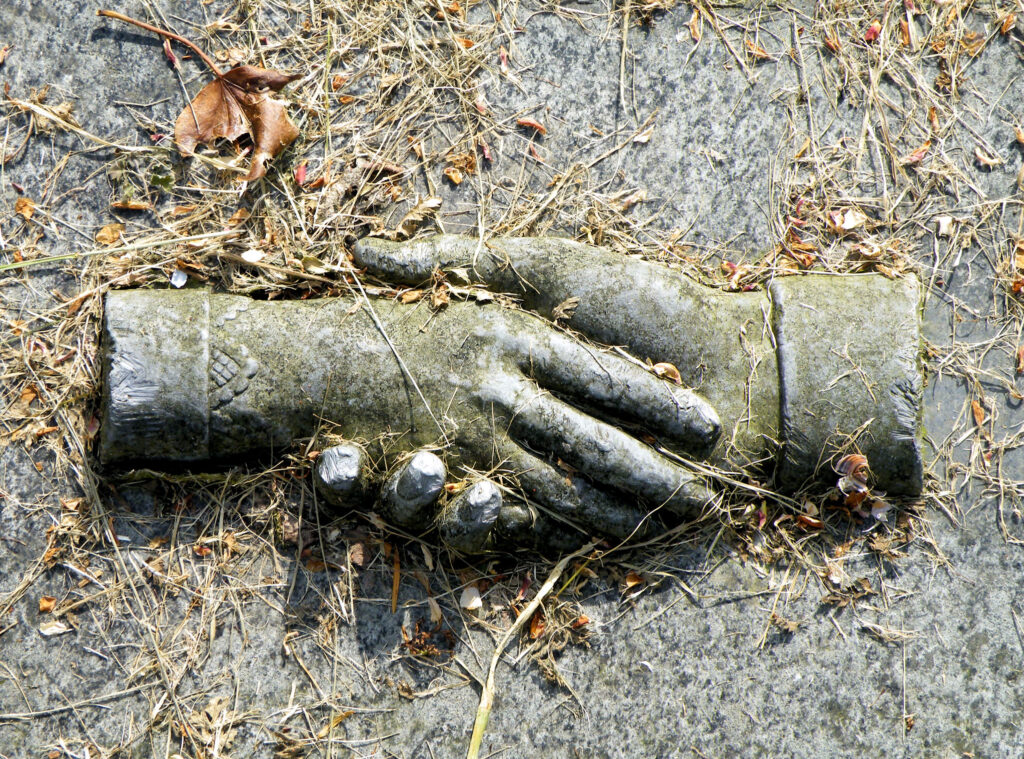
2. The Willow Tree: Sorrow and Mourning
A weeping willow often graces 19th-century gravestones, symbolising mourning and remembrance, yet also resilience.

3. The Rose: A Symbol of Love and Beauty
The stage of the rose’s bloom carries meaning:
- Bud: A life cut short, often a child’s grave.
- Full Bloom: A life lived to its fullest.
- Wilted Rose: The end of life’s journey.

4. The Dove: Peace and the Soul’s Journey
Doves are common symbols of peace, love, and the Holy Spirit. If carrying an olive branch, they signify the soul’s peaceful transition into the afterlife.
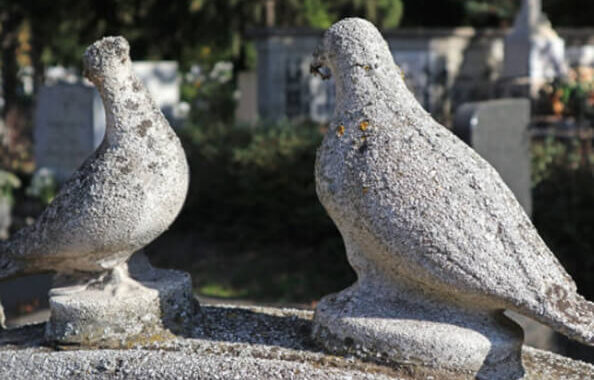
Freemasonry, Fraternal Orders, and Secret Societies
1. The Square and Compass: The Mark of Freemasons
Freemasons often have their symbols carved onto gravestones, with the square and compass representing morality, wisdom, and guidance.
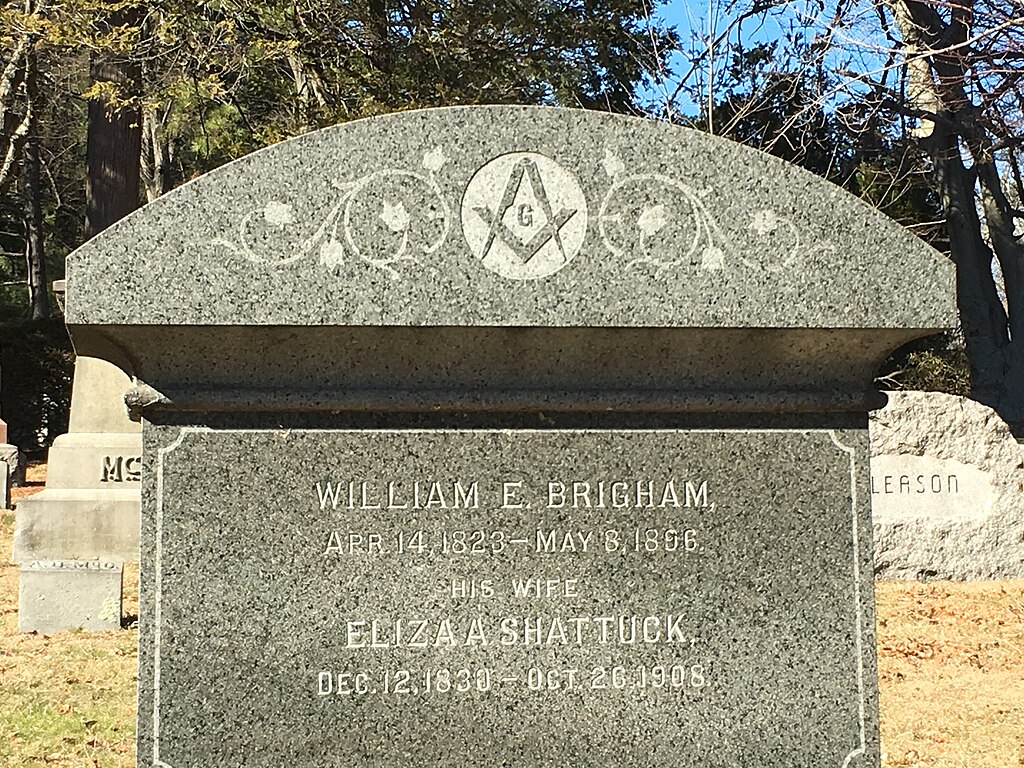
2. The Odd Fellows’ Chain Links: Friendship, Love, and Truth
A chain with three links signifies membership in the Independent Order of Odd Fellows, emphasising community values.
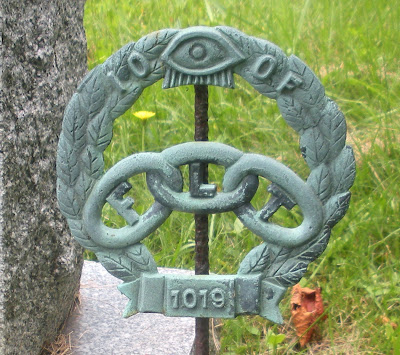
Nature and Resurrection Symbols
Nature has long been used as a metaphor for rebirth, renewal, and resurrection.
1. The Acorn and Oak Leaves: Strength and Endurance
Oak trees symbolise longevity and wisdom, while acorns represent potential and growth beyond death.
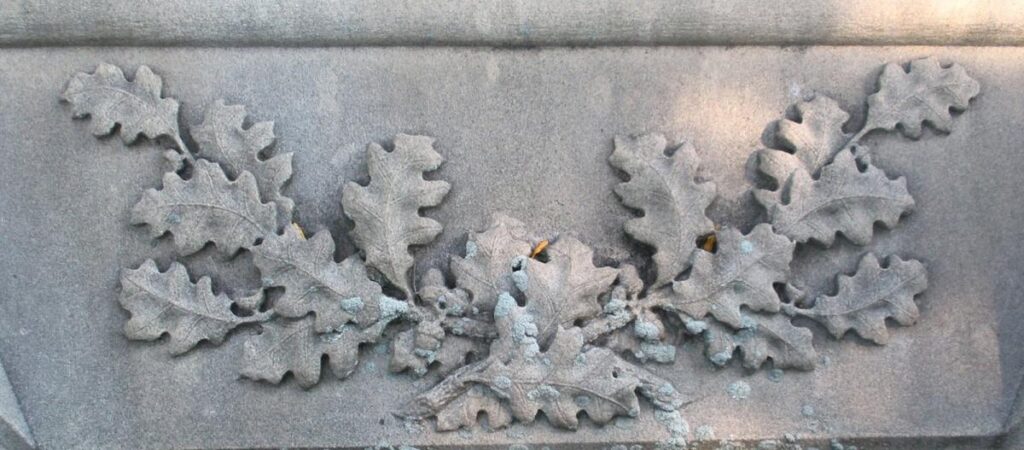
2. The Butterfly: Transformation and Rebirth
A butterfly is a powerful symbol of resurrection, emerging from its cocoon just as the soul transitions from death to new life.
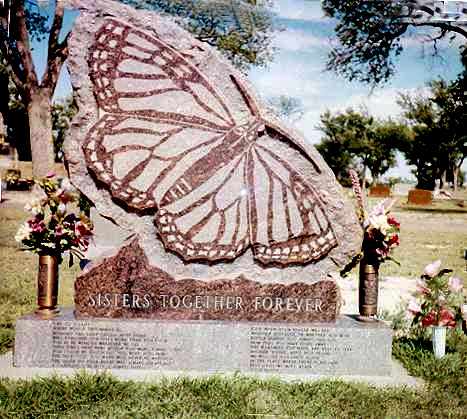
3. The Phoenix: Rising from Ashes
Rare but striking, the phoenix symbolises eternal life and renewal after destruction.
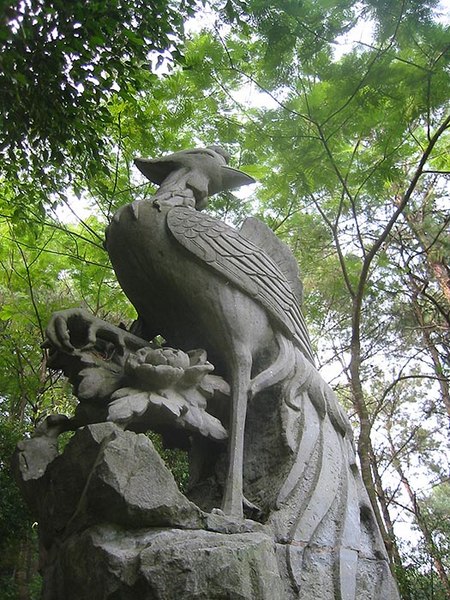
Bottom Line
Cemeteries are not just places of mourning but archives of human experience. The symbols carved into gravestones are messages across time, reflecting beliefs, emotions, and the way societies understand death.
By learning to read this silent language, we not only honour the past but also gain insight into the cultural and personal narratives that shape our world.
Next time you walk through a cemetery, pause.
Look closely.
What stories are the stones telling you?
FAQs
Many early gravestones relied on symbols because literacy rates were lower, and images provided a universal way to communicate messages about the deceased.
The cross is the most widely used symbol, particularly in Christian burials, though motifs like angels and doves are also common.
Skulls were more common in Puritan gravestones, reflecting a stark reminder of mortality, whereas flowers represent beauty, growth, and the soul’s journey.
Visiting historic cemeteries, reading books on funerary art, and researching through organisations like the Association for Gravestone Studies are great ways to deepen your knowledge.
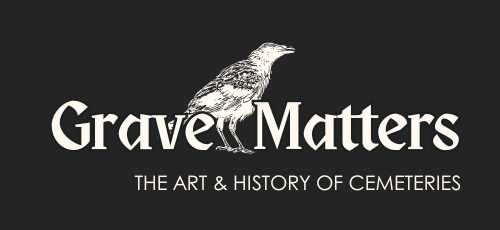
Leave a Reply